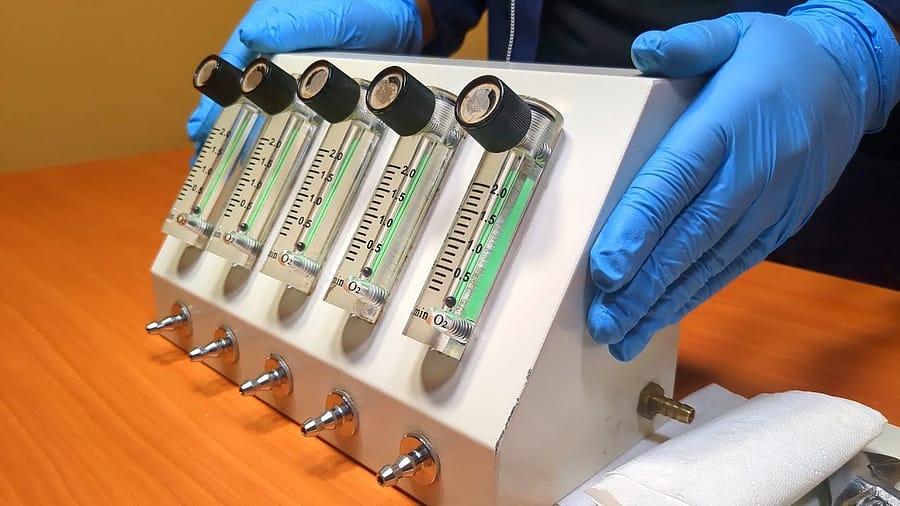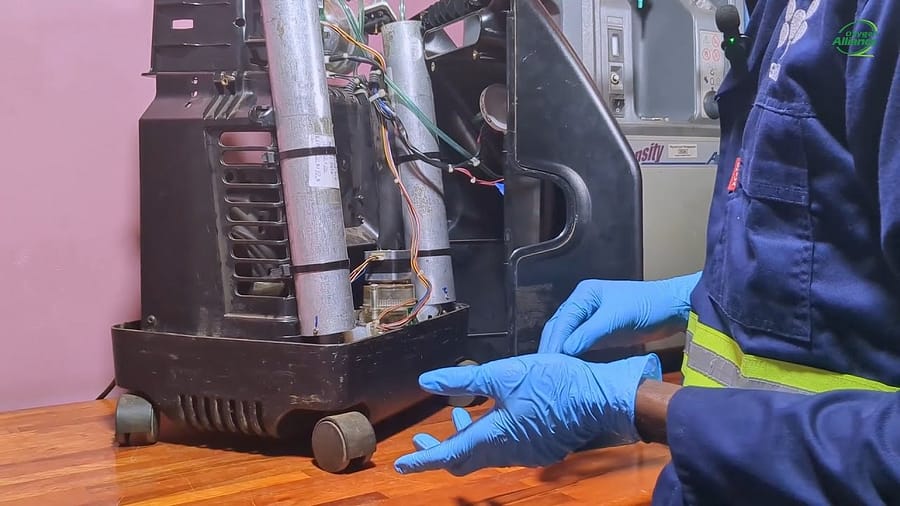Objective and Scope
The alarm system on a device like the Invacare Perfecto is the primary communication line between the machine and the user, signalling when operational parameters are not being met. A non-functioning alarm can result in a device failing to deliver the expected oxygen concentration without any notification. Therefore, verifying that these alarms are functioning as intended is a foundational step in equipment management.
This protocol outlines the standard procedure for verifying the functional integrity of the alarm system. It is a critical component of any preventive maintenance program and is intended for use by qualified biomedical technicians and clinical engineers.
Required Procedures and Safety Precautions
This procedure involves the simulation of fault conditions to confirm the integrity of the monitoring circuits.
Safety Warning These tests should only be performed by biomedical professionals who understand the operational principles of the device and its potential hazards. Ensure all testing is conducted according to established safety protocols for medical equipment service.
Alarm Verification Tests
The standard verification procedure includes five key tests designed to simulate various failure conditions.
Power Loss Alarm Test
- Action: Disconnect the device from its AC power source.
- Expected Result: An audible alert sounds immediately.
Low-Pressure Alarm Test
- Action: Induce a system pressure drop to below 7 PSI.
- Expected Result: The low-pressure alarm activates, confirming the responsiveness of the pressure transducer and its associated circuits.
High-Pressure Alarm Test
- Action: Induce a system pressure spike to above 23 PSI.
- Expected Result: The high-pressure alarm activates.
Timeout Alarm Test
- Action: Prevent the device from achieving an 85% oxygen concentration within a five-minute operational window.
- Expected Result: The timeout alarm activates.
Pressure Equalization Valve Test
- Action: Simulate an electrical fault in the circuit of the pressure equalization valve.
- Expected Result: The system correctly detects the fault and activates the appropriate alarm.
Conclusion: The Importance of Proactive Verification
Systematically performing these five alarm tests creates a verifiable record of performance for each device. A failed test provides immediate, actionable diagnostic information, pointing toward a faulty sensor, a problem with the alarm module, or a potential issue on the printed circuit board. This proactive approach enhances the overall quality and reliability of your equipment pool and strengthens your entire maintenance program.
Video Reference
A detailed instructional video has been prepared to demonstrate the correct and safe method for performing all five essential alarm tests on the Invacare Perfecto oxygen concentrator.
Watch the full maintenance video here:








